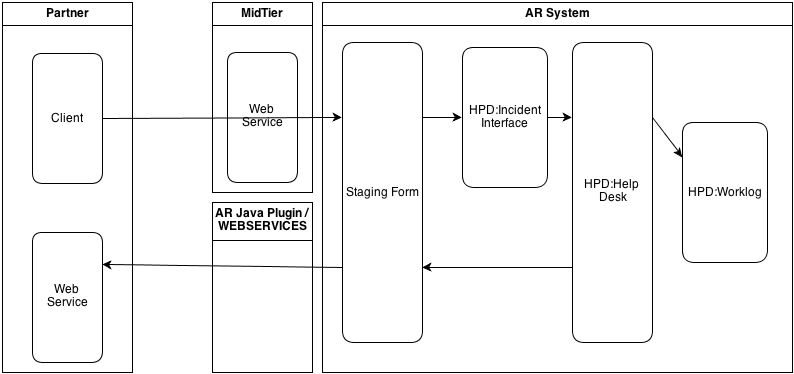SOAP is a powerful technology for building web services that can seamlessly integrate with other systems. However, building robust and secure SOAP web services requires careful planning and attention to detail. In this article, we will explore some of the best practices for building SOAP web services that are robust and secure.
Designing Your SOAP API
To build a robust SOAP API, it is important to carefully design your API to meet the specific requirements of your application. This involves choosing the right data formats, designing your API to be scalable and extensible, and using techniques such as versioning to ensure backward compatibility.
Optimizing Performance
Performance is a critical consideration when building SOAP web services. To optimize the performance of your SOAP API, you should use techniques such as compression to reduce the size of your data payloads, and caching to reduce the load on your servers. Additionally, you can use techniques such as lazy loading to reduce the amount of data that needs to be transferred between your server and client.
Enhancing Security
Security is another critical consideration when building SOAP web services. To ensure the security of your SOAP API, you should implement techniques such as message encryption, message signing, and token-based authentication. Additionally, you can use techniques such as SSL/TLS to encrypt the data transmitted between your server and client.
Handling Exceptions
Exception handling is an important part of building robust SOAP web services. When an exception occurs, it is important to provide clear and concise error messages to your users, along with guidance on how to resolve the issue. Additionally, you can use techniques such as logging to help diagnose and resolve issues with your SOAP API.
Using SOAP Headers
SOAP headers are a powerful feature of SOAP that allow you to pass additional data between your server and client. By using SOAP headers, you can add custom data to your SOAP messages, and provide additional information to your users. Additionally, SOAP headers can be used to implement advanced features such as message routing and encryption.
Handling Large Data Sets
When dealing with large data sets in SOAP web services, it is important to use techniques such as streaming to reduce the amount of memory required to process the data. Additionally, you can use techniques such as pagination to limit the amount of data transmitted in a single request.
Implementing Transactions
Transactions are an important part of building robust and reliable SOAP web services. Transactions allow you to ensure that multiple actions are executed as a single atomic operation, and can help prevent data inconsistencies and other issues. To implement transactions in your SOAP API, you can use techniques such as two-phase commit or compensation-based transactions.
Conclusion
By following these best practices for building SOAP web services, you can create robust and secure applications that can seamlessly integrate with other systems. Whether you are designing your API, optimizing performance, enhancing security, handling exceptions, using SOAP headers, handling large data sets, or implementing transactions, there are many ways to take your SOAP API to the next level. By taking the time to learn and implement these best practices, you can create web services that provide your users with a high-quality experience, and help your organization achieve its goals.





